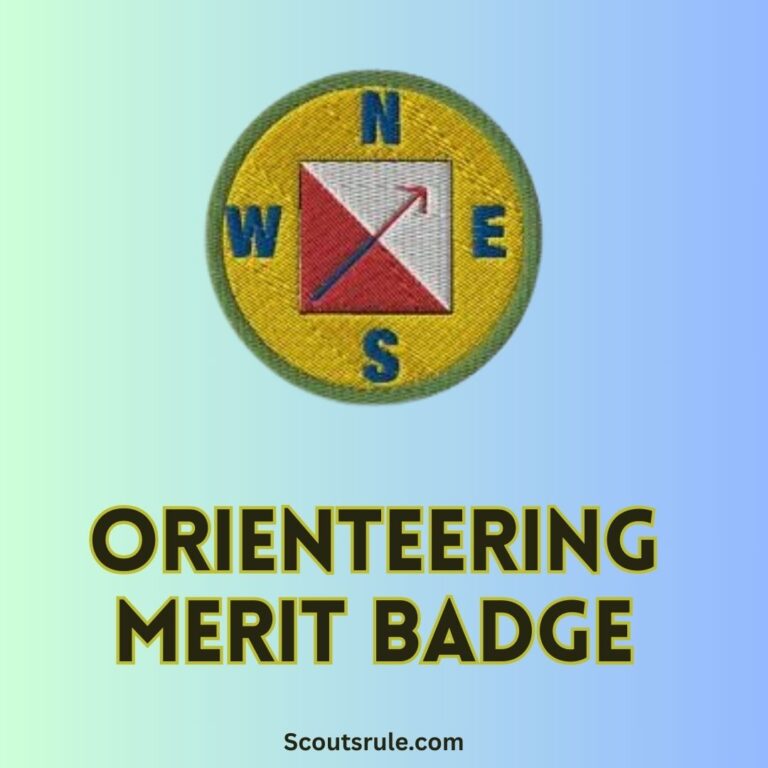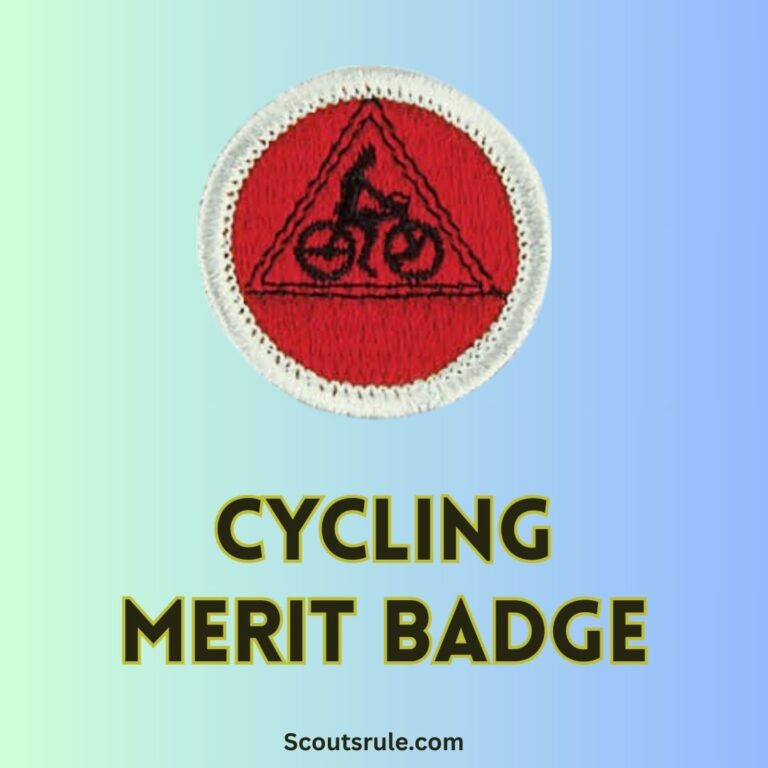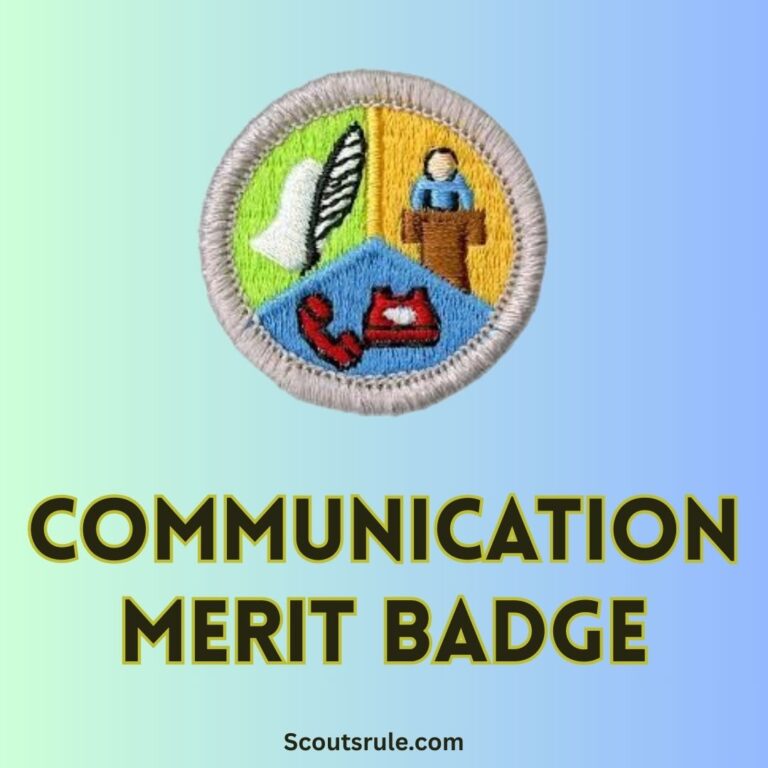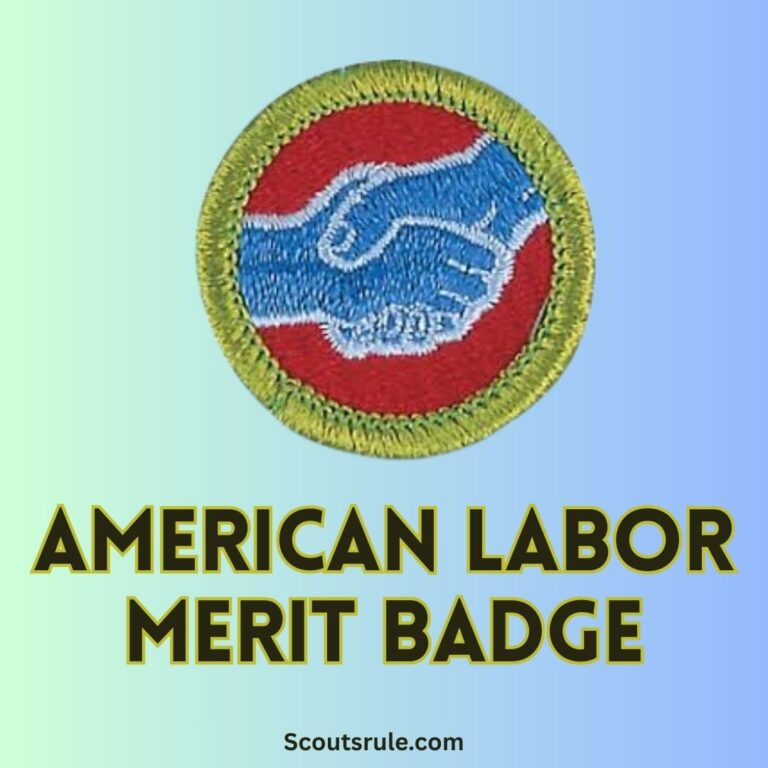
Below is a comprehensive guide to the Animation Merit Badge that will help you understand its requirements, explore animation principles and techniques, and develop and document projects that bring your creative ideas to life. This guide is designed as an educational resource and study aid to complement the official Boy Scouts of America merit badge pamphlet. Always work closely with your merit badge counselor and refer to the current official guidelines to ensure that your work meets local council standards.
Post Contents
- Introduction: Entering the World of Animation
- 2. Purpose and Objectives
- 3. Overview of Badge Requirements
- 4. Project Ideas and Hands‑On Activities
- 5. Documentation, Record Keeping, and Presentation Strategies
- 6. Additional Tips, Resources, and Further Exploration
- Conclusion: Inspiring a Lifelong Passion for Animation
Introduction: Entering the World of Animation
Animation is both an art and a science. It is the process of creating moving images by sequencing individual frames—whether hand-drawn or computer-generated—to produce the illusion of motion. From classic flip books and traditional cel animation to the advanced computer-generated imagery (CGI) used in today’s films and games, animation brings stories, characters, and ideas to life. Earning the Animation Merit Badge offers Scouts an opportunity to explore these techniques, understand animation’s cultural and technological evolution, and express their creative ideas in a dynamic, visual medium.
2. Purpose and Objectives
The Animation Merit Badge is designed to help you:
- Gain Educational Insight: Learn what animation is and study its history—from early experiments in motion to the sophisticated digital methods of today.
- Develop Key Skills: Understand and apply the principles and technical processes involved in animating. This can include both traditional drawing techniques and modern computer-based animation.
- Practice Creativity and Expression: Create your own animated sequence or series of storyboards that demonstrate your understanding of how movement, timing, and storytelling combine to create engaging visuals.
- Explore Critical and Ethical Issues: Discuss how animation influences culture, as well as issues around intellectual property, digital copyrights, and ethical content creation.
- Investigate Careers: Research the many career paths available within animation and related fields, from animation design and storytelling to technical roles in software development.
- Enhance Documentation and Presentation Skills: Keep thorough records of your work and reflect on your creative process so that you can share your accomplishments and insights with others.
By completing the badge requirements, you not only build art and technology skills but also enhance your overall critical-thinking, problem-solving, and communication abilities.
3. Overview of Badge Requirements
While the official requirements must be referenced from the current BSA Animation Merit Badge pamphlet, the badge is generally divided into five major areas:
3.1 Requirement 1: General Knowledge
For this requirement you typically must:
- (a) Define Animation: In your own words, describe what animation means. This may involve explaining how sequential images create the appearance of motion.
- (b) Historical Overview: Discuss a brief history of animation. You could include key milestones such as the invention of the zoetrope, the rise of hand-drawn animation, the shift to cel animation techniques, and the digital revolution in animation.
Guidelines: Explain the principles behind frame-by-frame animation and mention how technological advances have expanded the creative possibilities in this field. Reflect on why animation remains a significant medium for storytelling and entertainment.
3.2 Requirement 2: Principles of Animation
You must select a subset of the fundamental principles that make animation realistic and engaging. Some common principles include:
- Squash and Stretch: Explains how deformation of an object’s shape can represent motion and weight.
- Anticipation: Prepares the audience for an upcoming action.
- Staging: The arrangement of characters and scenery to clearly convey an idea.
- Follow Through and Overlapping Action: Shows that not all parts of a body will stop moving at the same time.
- Slow In and Slow Out: Emphasizes that actions typically start slowly, reach a peak, and then slow down again.
- Exaggeration: Used to enhance or emphasize a movement or emotion.
Guidelines: Choose five of the principles from the official list provided. For each chosen principle, explain how employing it makes an animation more believable. Provide examples or sketches illustrating your points.
3.3 Requirement 3: Animation Projects
For this section, you must complete at least two projects using animation techniques approved by your merit badge counselor. Projects might include:
- Traditional Hand-Drawn Animation: Create a flip book or a series of drawings that demonstrate movement.
- Digital Animation: Use computer software to produce a short animated clip.
- Stop-Motion Animation: Use models or clay figures to animate a sequence frame by frame.
Guidelines: For each project, plan your sequence using thumbnail sketches or storyboards. Record the process, document any challenges encountered (such as drawing consistently or aligning frames in stop-motion), and test your final product. Explain the concept behind your animated sequence, the techniques you used, and how the principles of animation guided your work.
3.4 Requirement 4: Animation in Our World
This requirement may ask you to relate animation to real-world applications, including:
- How Animation Impacts Culture: Discuss how animated films, television shows, and online content influence society and culture.
- Technological and Business Aspects: Explain the contributions of animation to industries such as gaming, advertising, and education.
- Ethical and Intellectual Property Issues: Provide an overview of issues related to copyright, making clear the importance of respecting creative works.
Guidelines: Reflect on how your favorite animated media have influenced you or your community. Discuss how animation serves as a tool for education, storytelling, and even political commentary. Your answer should connect your personal observations to broader societal trends.
3.5 Requirement 5: Careers in Animation
For the final requirement, you explore career opportunities connected to animation. You might:
- Interview or Research Professional Animators: Learn about the day-to-day work of a professional in the field.
- Discuss Potential Career Paths: Identify at least a few careers related to animation (e.g., character animator, storyboard artist, visual effects technician, game designer) and detail the skills and education needed for each.
Guidelines: Summarize your research and reflect on which aspects of animation interest you the most. Include information about educational requirements and the nature of the work in various animation-related fields.
4. Project Ideas and Hands‑On Activities
Practical projects are the heart of the Animation Merit Badge experience. Here are some project ideas to get started:
- Traditional Animation Project: Create a short flip book that shows a moving character or an object undergoing a simple action (such as bouncing or waving). Use markers or pencils and pay close attention to frame-to-frame consistency.
- Digital Animation: Use free animation software (such as Pencil2D, Synfig, or even online tools like Animaker) to produce a short digital animation. You might animate a simple scene that demonstrates a key principle (such as “anticipation” or “squash and stretch”).
- Stop-Motion Project: Assemble simple models or clay figures and capture each frame with a digital camera or smartphone. Use editing software (even simple ones like iMovie) to compile your images into a short clip.
- Storyboard and Script Writing: Plan a short animated story by drawing a series of storyboard panels. Write a script that explains your vision, the characters involved, and how you’ll convey movement and emotion.
Document your process thoroughly by photographing each stage of your project, taking notes on the software or materials used, and reflecting on what you learned. Include these materials in your final portfolio.
5. Documentation, Record Keeping, and Presentation Strategies
Keeping detailed records of your animation journey is essential:
- Maintain a Dedicated Journal: Record your ideas, sketches, drafts, and reflections. Include dates, challenges encountered, and insights gained as you progress through each requirement.
- Create a Portfolio: Organize your work into sections based on the badge requirements. Include scanned images of your storyboards, photos or screenshots from digital projects, and any artifacts from interviews or research.
- Use Visuals Liberally: Diagrams, frame-by-frame experiments, or annotated screenshots can clarify your process and illustrate key principles.
- Final Presentation: Prepare a final presentation—a video montage, a slide show, or a poster—that summarizes your projects, shows before-and-after progress, and conveys your overall journey and learnings in animation.
6. Additional Tips, Resources, and Further Exploration
Additional Tips
- Plan Ahead and Practice: Animation takes time and patience. Schedule regular practice sessions to refine your drawing or digital animation skills.
- Engage with Online Communities: Participate in forums and groups dedicated to animation. Websites such as YouTube tutorials, animation blogs, or platforms like Newgrounds can provide both inspiration and technical guidance.
- Seek Feedback: Show your work to peers, family members, or mentors to get constructive feedback. This helps improve your projects and ensures you understand the concepts deeply.
- Experiment with Techniques: Don’t be afraid to try out different styles or techniques—for instance, combining traditional drawing with digital coloring.
- Stay Curious: Watch a variety of animated films, TV shows, and online content. Note how different techniques and storytelling methods evoke emotions and convey messages.
Resources
- Books and Magazines: Consider titles related to animation techniques and history. Many libraries have resources on the evolution of animation and modern digital methods.
- Online Tutorials and Courses: Websites such as Coursera, Khan Academy, and free animation courses offered on YouTube can help build a strong technical foundation.
- Software Tools: Explore free software options like Pencil2D, Synfig, or OpenToonz for traditional or digital animation. Experiment with these to find what best suits your creative style.
- Local Workshops and Art Centers: Check if local educational institutions or community centers offer guided animation workshops.
- BSA Official Materials: Always reference the official Boy Scouts of America Animation Merit Badge pamphlet as the baseline for your work.
Career Exploration
Animation skills open doors to a wide range of exciting careers, such as:
- Animator: Creating character movements for films, television, video games, and commercials.
- Storyboard Artist: Visualizing and planning out scenes before production.
- Digital Artist/Visual Effects Specialist: Working in multimedia production and film post-production.
- Game Designer: Applying animation techniques to interactive entertainment.
- Multimedia Instructor: Teaching animation and digital art skills at various educational levels.
Research these fields by interviewing professionals or reading job profiles online, and reflect on how the skills you develop now might shape your future career choices.
Conclusion: Inspiring a Lifelong Passion for Animation
Earning the Animation Merit Badge is a journey that blends creativity with technical mastery. As you describe what animation is, retrace its historical evolution, and learn the key principles that breathe life into moving images, you develop both an appreciation for the art form and practical skills that empower your creative endeavors. Whether you produce a hand-drawn flip book, a crisp digital clip, or an innovative stop-motion sequence, every project deepens your understanding of the complex interplay between art and technology.
Your documented progress—through journals, storyboards, photographs, and final presentations—will not only satisfy the requirements for this merit badge but also serve as a personal portfolio that reflects your creative growth. Embrace the challenges of animation with enthusiasm and curiosity. Let each frame you create bring you closer to realizing your creative vision, and may your experience inspire you to pursue further exploration in the arts and technology.
Happy animating, and may your journey through the Animation Merit Badge spark a lifetime of creativity, innovation, and storytelling!

Hi, Robin here, A former lead Scout and here I share my inspiring stories about USA Scouts, leadership, adventure, how to guides and more.






